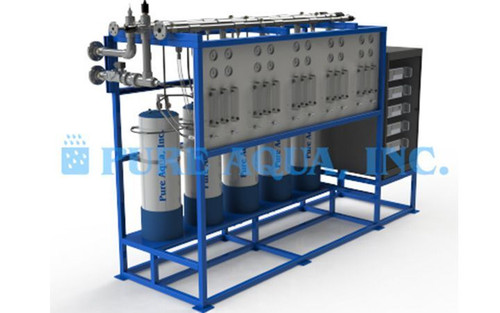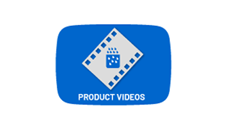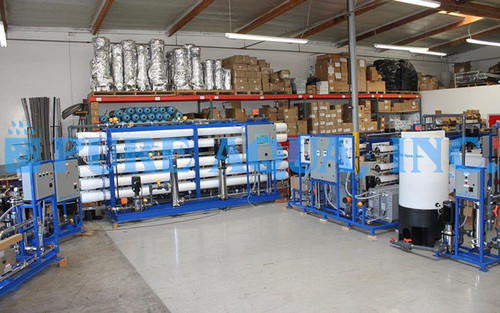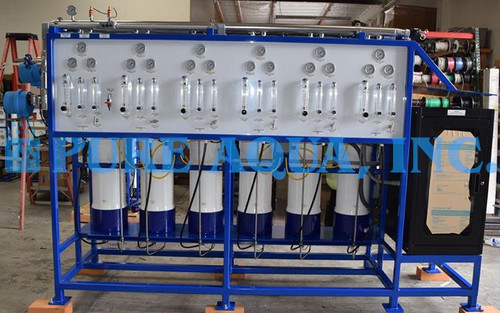Water is a universal solvent and any raw water contains dissolved minerals and ions that sometimes have to be removed as required by the process or equipment where the water will be used for. An deionized water system is used to remove positive and negative charged ions from the water. Currently, there are two methods of removing ions from water. The conventional method is by passing it through highly charged resin materials for ion-exchange. The other method where water passes through an electro-charged module, is called Electro-Deionization (EDI). The main difference is a conventional DI system uses chemicals to regenerate the resin once exhausted while an EDI water purification system uses electricity for the deionization process and is considered to be a chemical free deionizer.
[custom-specifications]
Electrodeionization EDI is not the equipment that will eventually replace the conventional DI system anytime soon. This is another option if reaching almost pure water is needed in the plant or process. It will also be an option for plants that are unable to obtain licenses to operate a conventional DI system due to hazardous chemicals handling and disposal. EDI will always be tied up to an RO system and cannot be fed directly with any water, unlike the conventional mixed bed deionizers MBDI unit.
[/custom-specifications]
[custom-features]
EDI water purification system are chemical-free and very effective in lowering down the TDS content in the water and are able to produce water with 18 Mega Ohm-cm resistivity, which cannot be achieved by the conventional method of deionization. This quality of water is very much needed in different industries such as electronics, power generation, Cosmetics and laboratory water applications. EDI purifed water systems normally acts as the water polishing process to bring down the TDS to the required resistivity in the process. The EDI is best-suited to be fed with water coming from a Double-Pass RO system (DPRO) since the water coming out of the system is very clean with low hardness ions and TDS and will not cause fouling on the EDI system. A single pass RO water quality will be fine as long a softener is used as pre-treatment for the RO system. This will ensure that no hardness ions will ever foul-up the EDI unit.
[/custom-features]
[custom-usage]
There are two types of EDI water purification systems available on the market (plate & frame-type and spiral wound-type). Plate & frame is designed similar to the P&F heat-exchanger and has multiple chambers sandwiched between electrodes that are held in compression where water passes through while being stripped of its charged ions. Spiral wound-type is similar to the RO membrane design but with cation and anion membranes rolled-in and where the water is stripped of their ions. Both EDI systems have resin inside that is continuously regenerated by electricity and chemical free deionization.
[/custom-usage]
-
Good Filtration System
That was the perfect fit for our water treatment project...the price was reasonable for the quality we got. Appreciated guys!
- Related Project1:
- https://pureaqua.com/electrodeionization-system-edi-65000-gpd-usa/
- Related Project2:
- https://pureaqua.com/industrial-double-pass-ro-with-edi-system-for-power-plant-144000-gpd-venezuela/
- Related Project3:
- https://pureaqua.com/ro-edi-water-treatment-systems-10-m3-per-hr-iraq/
- Related Project4:
- https://pureaqua.com/industrial-ro-and-edi-system-75000-gpd-angola/
 ENGLISH
ENGLISH ESPAÑOL
ESPAÑOL العربية
العربية PORTUGUÉS
PORTUGUÉS FRANÇAIS
FRANÇAIS













